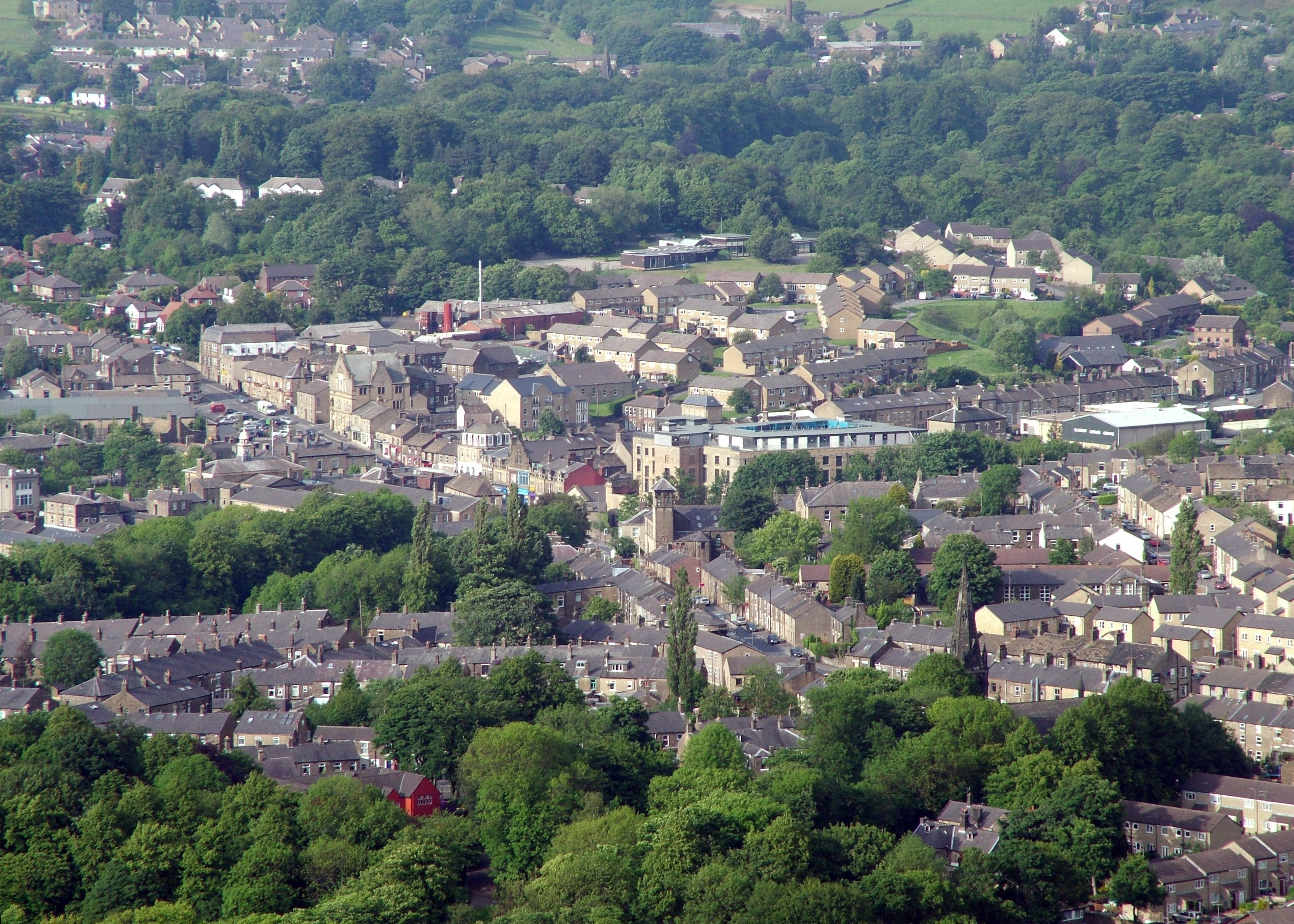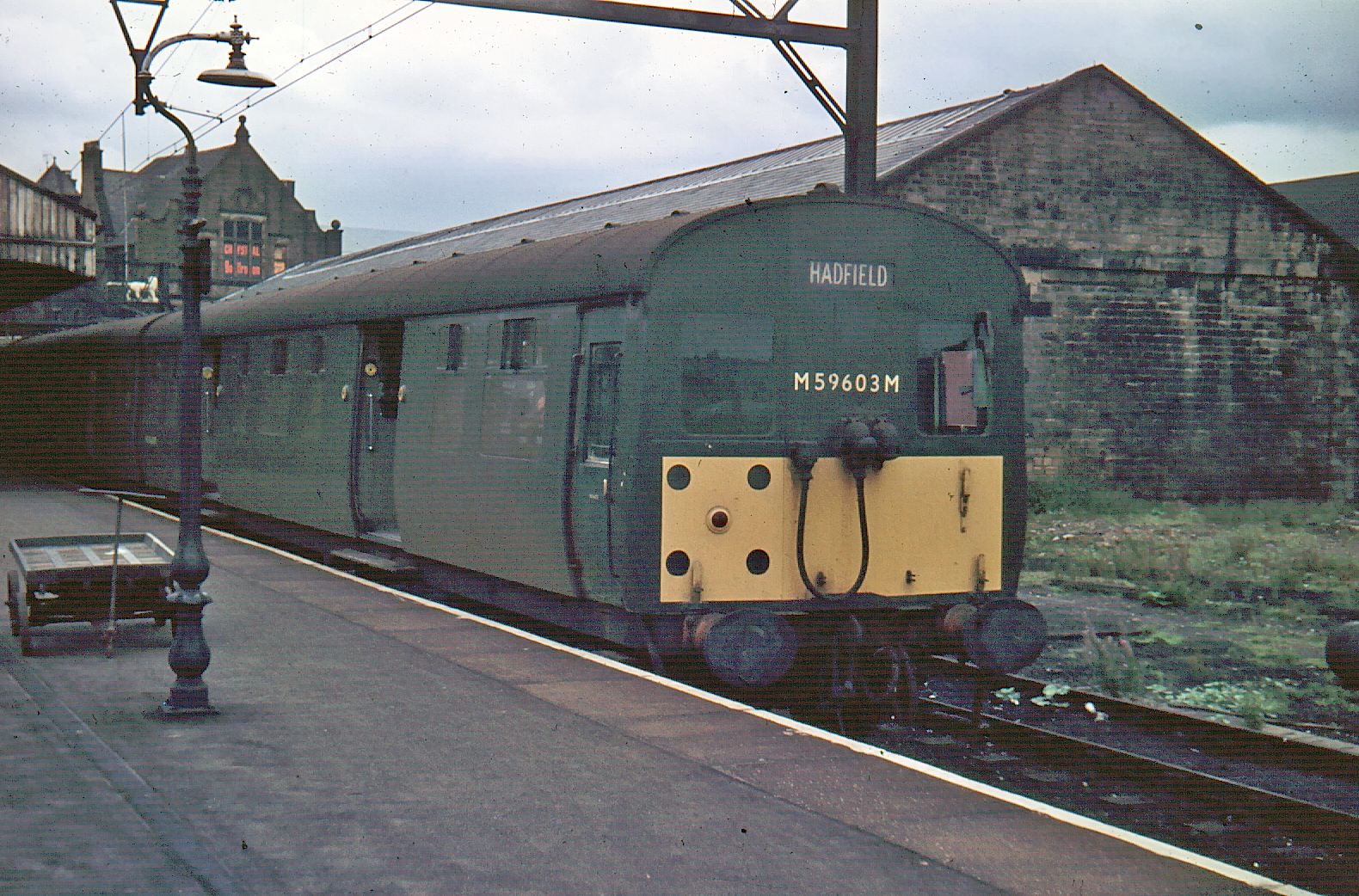|
Padfield
Padfield is a small village near Hadfield in High Peak, Derbyshire, England. The village is on the west side of the Peak District National Park, and the nearest town is Glossop, where many local amenities and services are based. It is in a conservation area. Conservation Area Map The population as of the 2011 census was 2,796. Geography Padfield is a small hamlet in a small side valley on the southern side of the valley, which is known as , in the High Peak district of Derbyshire, England. It is between abo ...[...More Info...] [...Related Items...] OR: [Wikipedia] [Google] [Baidu] |
Glossop
Glossop is a market town in the Borough of High Peak, Derbyshire, England. It is located east of Manchester, north-west of Sheffield and north of the county town, Matlock. Glossop lies near Derbyshire's borders with Cheshire, Greater Manchester, South Yorkshire and West Yorkshire. It is between above sea level and is bounded by the Peak District National Park to the south, east and north. Historically, the name ''Glossop'' refers to the small hamlet that gave its name to an ancient parish recorded in the Domesday Book of 1086 and then the manor given by William I of England to William Peverel. A municipal borough was created in 1866, which encompassed less than half of the manor's territory.The Ancient Parish of Glossop Retrieved 18 June 2008 The area now known as Glossop approximates to the villages that us ... [...More Info...] [...Related Items...] OR: [Wikipedia] [Google] [Baidu] |
Hadfield, Derbyshire
Hadfield is a town in the High Peak of Derbyshire, England, with a population at the 2021 Census of 6,763. It lies on the south side of the River Etherow, near to the border with Greater Manchester, at the western edge of the Peak District close to Glossop. Geography Hadfield is in the northwest of England, between Bottoms Reservoir and the Glossop Brook, on the southern side of the River Etherow valley, which is known as Longdendale. The town lies between above sea level. Hadfield is from Manchester. History Hadfield was part of the Manor of Glossop and, at the time of the Domesday survey, belonged to William the Conqueror.''Domesday Book: A Complete Translation''. London: Penguin, 2003. King Henry I granted the land to William Peveril. In 1157, King Henry II gave it to the Abbey of Basingwerk. In 1537, King Henry VIII gave it to the Earl of Shrewsbury, from whom it came to the Howard family (Dukes of Norfolk). While the Howards were responsible in the 1810s for the d ... [...More Info...] [...Related Items...] OR: [Wikipedia] [Google] [Baidu] |
Longdendale
Longdendale is a valley in the Peak District of England, north of Glossop and southwest of Holmfirth. The name means "long wooded valley" and the valley is mostly in the counties of Derbyshire and Greater Manchester. Geography The eastern part of the valley is in the non-metropolitan county of Derbyshire and includes the village of Tintwistle and, further east, part of the Peak District National Park, with the last half-mile or so falling into the Metropolitan Borough of Barnsley in South Yorkshire. The western part of the valley, including the villages of Broadbottom, Mottram in Longdendale and Hollingworth is part of Tameside in the metropolitan county of Greater Manchester. The whole of Longdendale forms the easternmost extension of the lands within the Historic counties of England, historic boundaries of Cheshire. The River Etherow, a tributary of the River Mersey, rises south of Holmfirth and then flows through a chain of six reservoir (water), reservoirs known as the Long ... [...More Info...] [...Related Items...] OR: [Wikipedia] [Google] [Baidu] |
High Peak, Derbyshire
High Peak is a local government district with borough status in Derbyshire, England. The borough compromises high moorland plateau in the Dark Peak area of the Peak District National Park. The district stretches from Holme Moss in the north to Sterndale Moor in the south, and from Hague Bar in the west to Bamford in the east. The population of the borough taken at the 2011 Census was 90,892. The borough is unusual in having two administrative centres for its council, High Peak Borough Council; the offices are based in both Buxton and Glossop. The borough also contains other towns including Chapel-en-le-Frith, Hadfield, New Mills and Whaley Bridge. High Peak was the name of a hundred of the ancient county of Derbyshire covering roughly the same area as the current district. It may have derived its name from the ancient Forest of High Peak, a royal hunting reserve administered by William Peverel, a favourite of William I, who was based at Peak Castle. High Peak contains much ... [...More Info...] [...Related Items...] OR: [Wikipedia] [Google] [Baidu] |
Woodhead Tunnel
The Woodhead Tunnels are three parallel trans- Pennine long railway tunnels on the Woodhead Line, a former major rail link from Manchester to Sheffield in Northern England. The western portals of the tunnels are at Woodhead in Derbyshire and the eastern portals are at Dunford Bridge, near Penistone, South Yorkshire. The first tunnel, Woodhead 1 was constructed by the Sheffield, Ashton-under-Lyne and Manchester Railway. Work on the tunnel commenced in 1837. It was designed by the railway engineer Charles Vignoles, who was later substituted by the civil engineer Joseph Locke. When opened in 1845, Woodhead 1 was one of the world's longest railway tunnels and the first trans-Pennine tunnel. Woodhead 2 was completed in 1853. Both tunnels were difficult to maintain because of their narrowness and heavy traffic, estimated to be around 250 trains per day in either direction. As both tunnels were too narrow to allow for electrification, it was decided to construct a third tunnel in th ... [...More Info...] [...Related Items...] OR: [Wikipedia] [Google] [Baidu] |
Dinting Railway Station
Dinting railway station serves the village of Dinting near Glossop in Derbyshire, England. The station is on the Manchester-Glossop Line, east of Manchester Piccadilly. Prior to the Woodhead Line closure in 1981, Dinting was a station on a major cross- Pennine route. History An earlier station had been opened as ''Glossop'' by the Sheffield, Ashton-under-Lyne and Manchester Railway in 1842, but was renamed when the Glossop branch opened in 1845. In 1847, a temporary ''Glossop Junction'' station was built, on the site of which the present station was built in 1848. A direct west-to-south curve was added in 1884, when the station was rebuilt, allowing through running from Glossop to Manchester. For most of the day, all trains use platform 2; however, in the rush hour, platform 1 is the departure platform for services to Glossop via Hadfield, with platform 2 being used for trains to Manchester Piccadilly (although this can reverse with trains to Hadfield via Glossop depar ... [...More Info...] [...Related Items...] OR: [Wikipedia] [Google] [Baidu] |
Glossop Railway Station
Glossop railway station serves the Peak District town of Glossop in Derbyshire, England. Glossop is the third busiest railway station in the county of Derbyshire after Derby and Chesterfield. The station is east of Manchester Piccadilly, and is the terminus of the Glossop line. Together with nearby Derbyshire stations at Hadfield and Dinting, Glossop is considered to be part of the Greater Manchester rail network as it lies only a short distance over the county boundary and the line goes no further into Derbyshire. For that reason the station signs at Glossop feature the Transport for Greater Manchester (TfGM) logo, and the station features on the TfGM rail network map. However, Greater Manchester concessionary fares do not apply to passengers travelling from Glossop, Dinting or Hadfield. History Henry Howard, 13th Duke of Norfolk built the spur line from Dinting Viaduct to Howard Town over his own land at his own expense. He then sold it to the Sheffield, Ashton-under-Lyn ... [...More Info...] [...Related Items...] OR: [Wikipedia] [Google] [Baidu] |
Manchester Piccadilly Station
Manchester Piccadilly is the principal railway station in Manchester, England. Opened as Store Street in 1842, it was renamed Manchester London Road in 1847 and became Manchester Piccadilly in 1960. Located to the south-east of Manchester city centre, it hosts long-distance intercity and cross-country services to national destinations including London, Birmingham, Nottingham, Glasgow, Edinburgh, Cardiff, Bristol, Exeter, Plymouth, Reading, Southampton and Bournemouth; regional services to destinations in Northern England including Liverpool, Leeds, Sheffield, Newcastle and York; and local commuter services around Greater Manchester. It is one of 19 major stations managed by Network Rail. The station has 14 platforms: 12 terminal and two through platforms (numbers 13 and 14). Piccadilly is also a major interchange with the Metrolink light rail system with two tram platforms in its undercroft. Piccadilly is the busiest station in the Manchester station group with over 30million ... [...More Info...] [...Related Items...] OR: [Wikipedia] [Google] [Baidu] |
Greater Manchester
Greater Manchester is a metropolitan county and combined authority, combined authority area in North West England, with a population of 2.8 million; comprising ten metropolitan boroughs: City of Manchester, Manchester, City of Salford, Salford, Metropolitan Borough of Bolton, Bolton, Metropolitan Borough of Bury, Bury, Metropolitan Borough of Oldham, Oldham, Metropolitan Borough of Rochdale, Rochdale, Metropolitan Borough of Stockport, Stockport, Tameside, Trafford and Metropolitan Borough of Wigan, Wigan. The county was created on 1 April 1974, as a result of the Local Government Act 1972, and designated a functional Manchester City Region, city region on 1 April 2011. Greater Manchester is formed of parts of the Historic counties of England, historic counties of Cheshire, Lancashire and the West Riding of Yorkshire. Greater Manchester spans , which roughly covers the territory of the Greater Manchester Built-up Area, the List of urban areas in the United Kingdom, second most ... [...More Info...] [...Related Items...] OR: [Wikipedia] [Google] [Baidu] |
Penistone Railway Station
Penistone railway station serves the town of Penistone, in the Metropolitan Borough of Barnsley, South Yorkshire, England. Services are provided by Northern Trains. The current station, at the junction of the Woodhead Line and Penistone Line, opened in 1874; it replaced a station solely on the Woodhead Line, dating from the line's opening by the Sheffield, Ashton-Under-Lyne and Manchester Railway in 1845. The station only serves the Penistone Line currently. The line connects Huddersfield with Sheffield, via Barnsley, with an hourly train in each direction. There is a voluntary organisation which supports and promotes community involvement along the line called the Penistone Line Partnership. Penistone station is the site of the one of the two remaining passing loops on the Barnsley to Huddersfield line, allowing trains coming from Sheffield and Huddersfield to pass each other. However, the sections either side of it are each single trackthat northwards to Clayton West junctio ... [...More Info...] [...Related Items...] OR: [Wikipedia] [Google] [Baidu] |
Sheffield Victoria Railway Station
Sheffield Victoria was the main railway station in Sheffield, Yorkshire, England, on the Great Central Railway, between Chesterfield and Penistone. History Early history Engineered by Joseph Locke, the Sheffield, Ashton-under-Lyne and Manchester Railway linking Manchester and Sheffield opened in 1845. Originally, this line terminated at the Bridgehouses station, which was about to the west of the future Victoria station. In 1847, the Sheffield, Ashton-under-Lyne and Manchester Railway merged with two other railway companies to form the Manchester, Sheffield and Lincolnshire Railway. The station at Bridgehouses had been outgrown, so an extension and new station were planned. John Fowler, who later gained fame for co-designing the Forth Railway Bridge in Scotland, was employed to engineer the extension and station. Fowler's design included a viaduct over the Wicker that was high, long and two island platforms long. The extension was completed in 1847–1848 and the new Vic ... [...More Info...] [...Related Items...] OR: [Wikipedia] [Google] [Baidu] |
.jpg)




